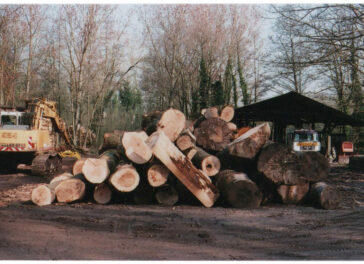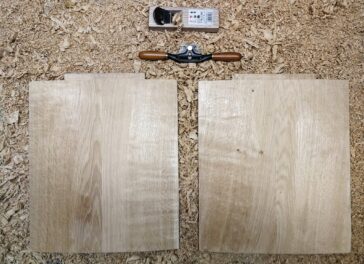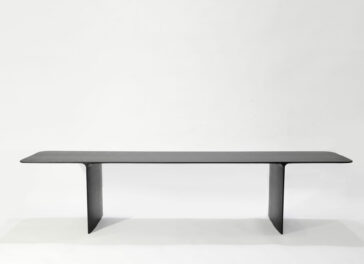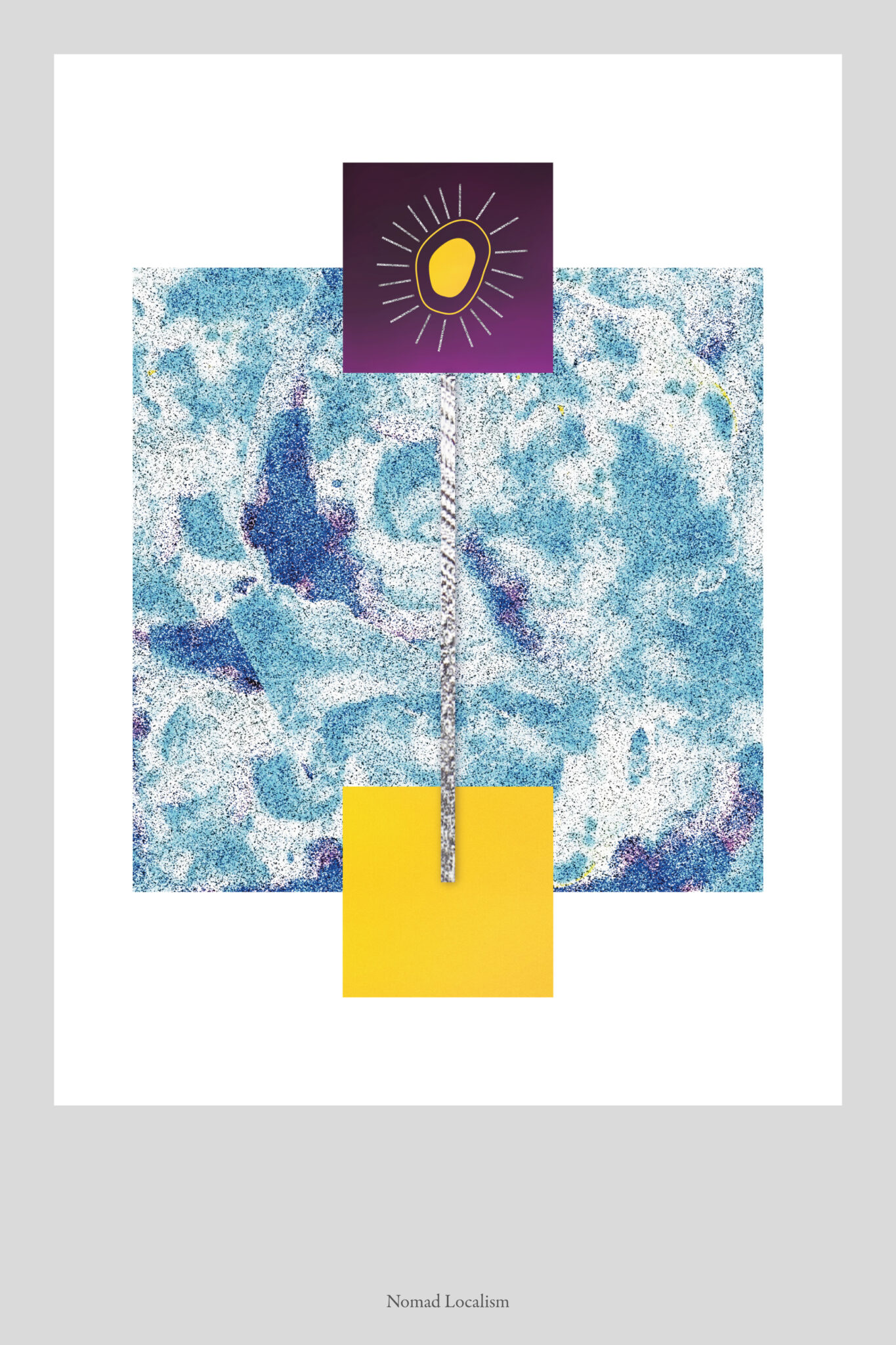
A draw beyond confinement
by Cedric Breisacher
This article is a point of view from a designer looking the unique situation we are all facing around the world. It brings several historic references from artistic movement who tried to change the relationship between user and manufacturer and a personal economic approach enhanced by ideas imagining a greener path.
Ground to thoughts
Scientifics rang the alarm in the very beginning of the century, industrial capitalism is damaging our planet. Mass production, oil based material, worldwide exportation, not recyclable waste are some example, thus Industry is linked to our way of life, Is it possible to produce object without damaging our planet? Is it still comfortable to dive for new or is a new product can bring a new way of life?
Looking over profitability rather than human and quality, industries delocalized their production in far country. It made transport a capital running key of a system based on worldwide exchange. It generates environmental issues that our generation has to deal with. In a time of emergency, we need to find quick answers and solutions if we want to be still able to live on our planet.
After being graduated, a choice was offered: to work for a design company and trade with marketing in order to make our voice valuable or work for ourselves and face problems directly by acting differently.
By making object ourselves we defend our ideal. Thanks to Dutch design movement, which has appeared in the late 80’, a new generation of designers decided to face the classic furniture makers companies with hand-made, funny and totally new objects focused on social outcomes.
I have chosen to open my own workshop studio because I wanted to act locally. Coming from an Industrial design education, I felt responsible of what I was designing for users. As most of our products are produced in China, I wasn’t feeling comfortable with this environmental impact. So few months after my diploma, my workshop was established in Lille. I decided to work on a local circle production. With raw materials, I started to build furniture.
Thanks to an internship with Valentin Loellmann, slowly, I got affected to wood. This natural material is present in many species in North of France territory. Working with a local sawmill, I get wood in raw plank. Then I work essentially with hand tools. In making there is a link which is naturally created between the designer and the material. I use my entire body when I am shaping furniture. Feeling the material through my hands creates an inside dialogue between me and the nature. Between respect and fascination, I think this connection is unique.
The studio is a place where experiments are done. Designers did research on bio based material and look for alternative to oil. My aim is to achieve a zero waste workshop, in order to fully respect an ancestral material. I can’t manage to throw away wood waste. So I started a research with dust, left aways, and shaving ship to find an alternative material and making process. I want to use 100% of a material that I take from nature and lived for years and generation before finishing between my hands.
I respect the material and I use it carefully. Local production is now integrated in most projects because it presents numerous advantages: quick making, stable price, good material quality. Truck transport is considerably reduced as the Co2 emission going with it. Workshop creates local partnerships and activates a territory. I started from nothing; with only one target ahead: do what I believe in and work hard to achieve it.
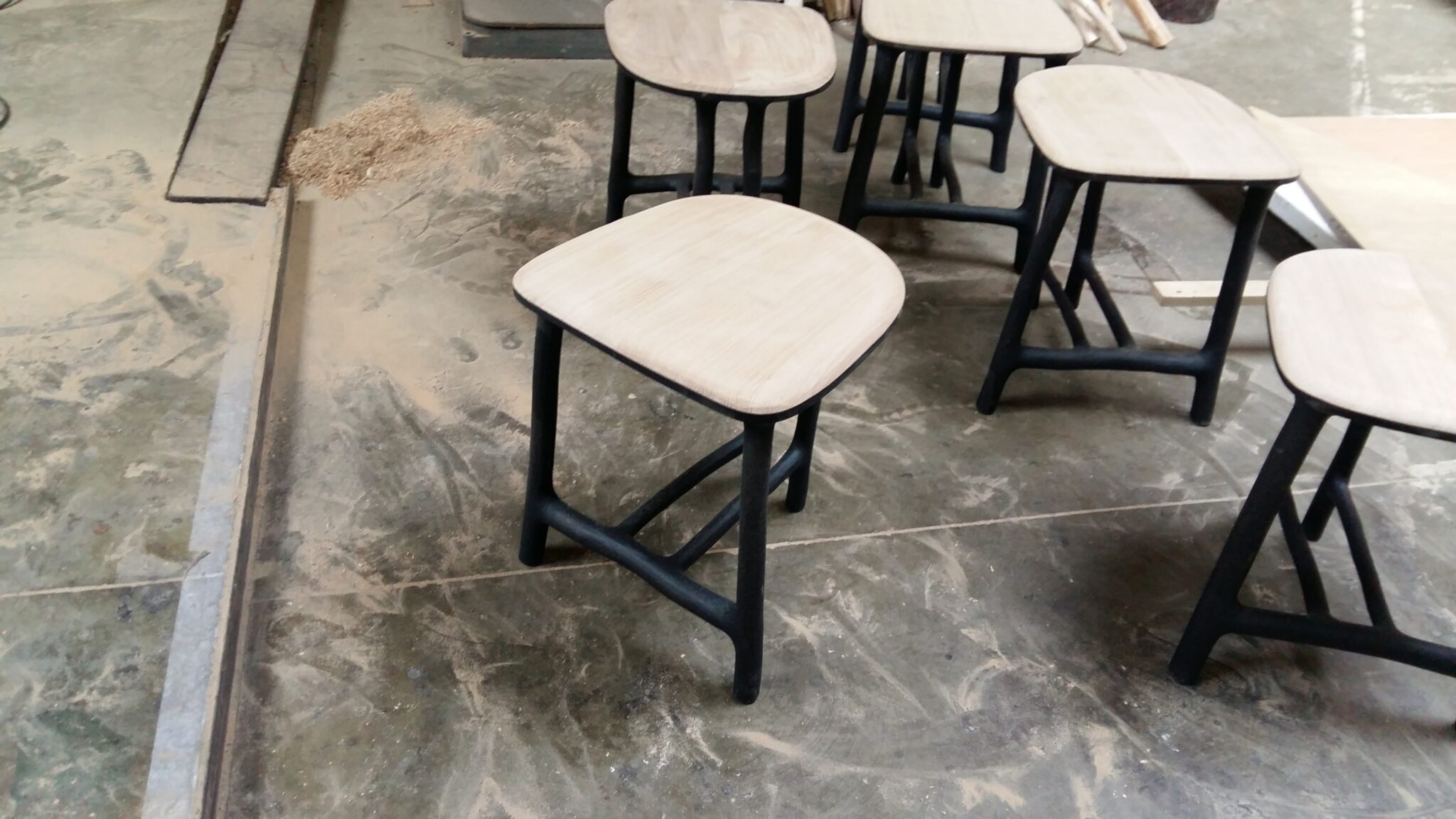
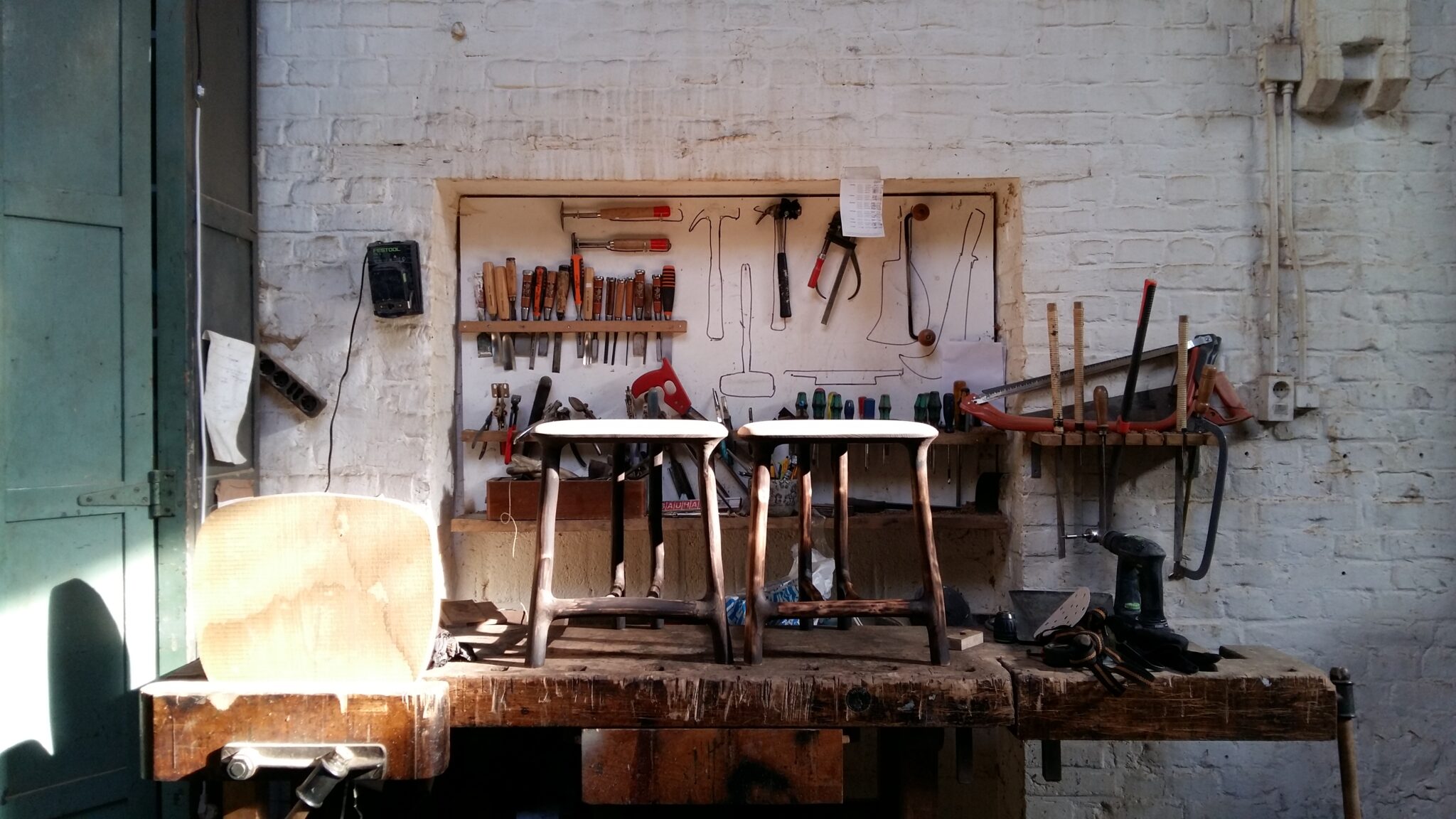
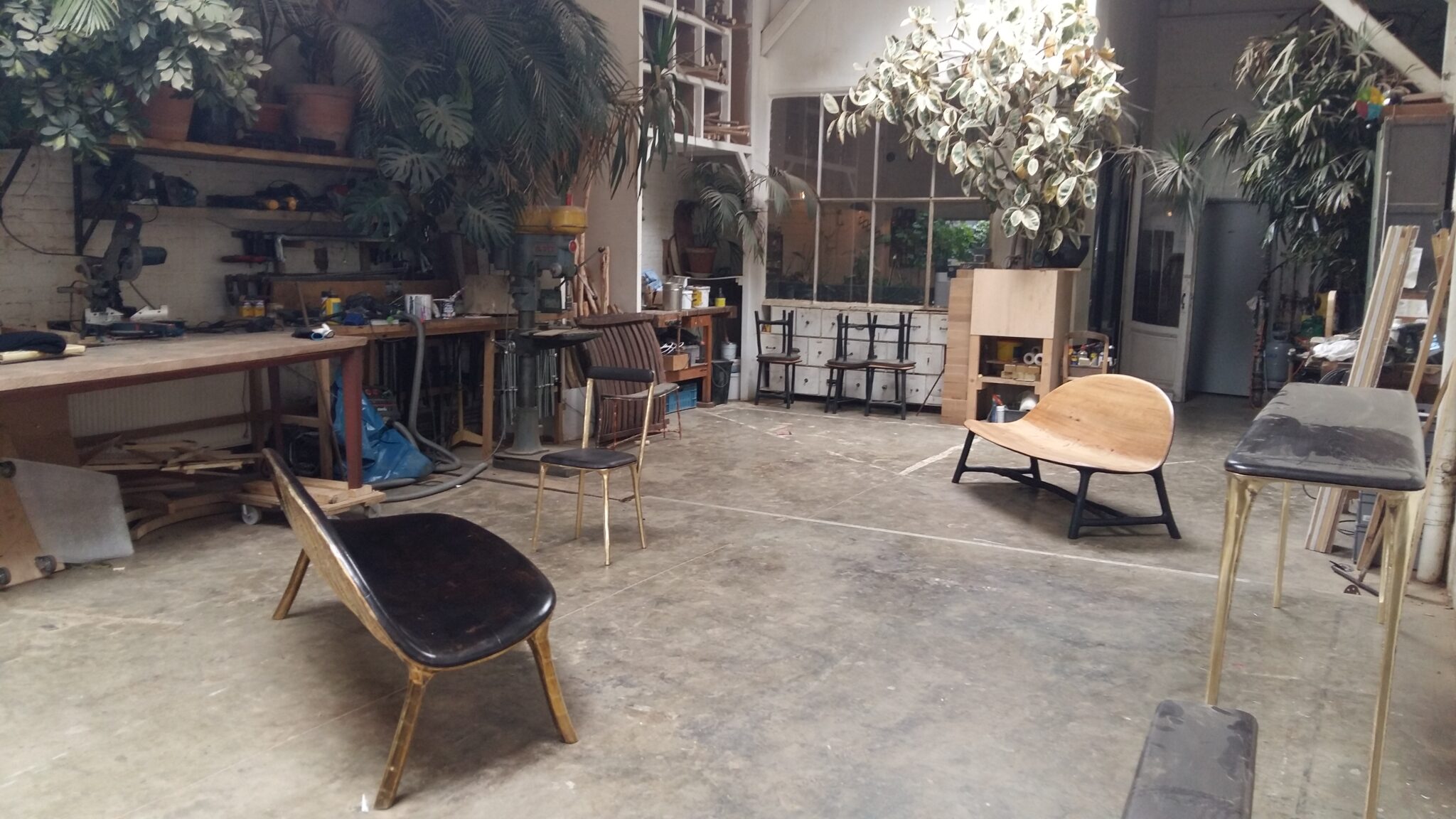
A confinement weaving to new connections
The Corona 2020 crisis will affect our society. It already starts to change our behavior. We discover a confined life meanwhile the pertinence of an external threat is real. This retirement is maybe a time to enjoy primary needs, think about our ways of life impact and prepare a fresh start.
Social distancing merges to a complete use of internet social media. Even staying home, we keep on sharing with the world. Ideas are traveling faraway. Designers and engineers work on direct solution that can be adapted to different context and situation.
Thanks to sharing and open source design, solutions have been found to help doctors with protection lack. Usual objects are diverted from their primary function to fit in a new context. A main example of its transformation is the Easybreath swimming mask used to an individual respirator protection shield. A 3D printed part is used to plug on Decathlon submarine apparel to a respirator. With it the holiday’s apparel becomes a protection shield between the virus and doctors. Now online, this solution can be duplicated inside hospitals, thanks to research LAB, and Decathlon takes all products out of commerce and gives them to hospitals.
Companies change their application field in order to respond to that crisis. Chanel is producing hygienic masks; Dyson designed in ten days a completely new respirator system for hospitals and already starts a production. Design is now becoming vital to face in the situation. But not only companies are doing their labor. Also independent designers and craft-men are developing solutions for local grocery stores and neighbor hospital. Restaurant provides fresh daily food to doctors. Everyone seems to bring their labor to the community. A wonderful human chain is creating new patterns and draw a path to a sharing system.
Design work is evolving to a systemic research, helping people with knowledge and none objects. Knowledge of a designer resides on knowing how to transform a material to an object and understanding, as anthropologist do, our society. Considering human behavior and environmental needs, he may be induce to think about innovative making process where the object is not a final end.
A new localism is emerging in that context, Open source is a free place to share creations but not identified mainstream platforms exist. Traveling on the web, ideas are used worldwide but production remains local and fit in the use context. Development of 3D printing is spreading since many years already. Most studios, cultural and social infrastructures have one. Based in city centers those site could become small local producers.
Worldwide and local has never been so close. The synergy of two antipodal scales shows how a completely new ideas-production-system could be imagined. Considering designer’s as idea creator source and not only a product producing entity. Thanks to internet information goes fast and can be shared directly worldwide. With 3d printing and those new collaboration possibilities, craft can be imagined in a dematerialized way replacing local manufacturing as a catalyzer point inside community.
Natural wish is a path to a strong discrete reality. Craftsmanship is a response to that appeal for handmade object. Feeling a man-made object between our hands is reassuring about our condition. Mostly located in cities, artisans and collective workshops are regrowing for a few years. Catalyzing energies and creating bridges between communities. People start to leave big companies and open their own. Working by hand reconnects us to our nature. Maker and user are linked by a sentimental way.
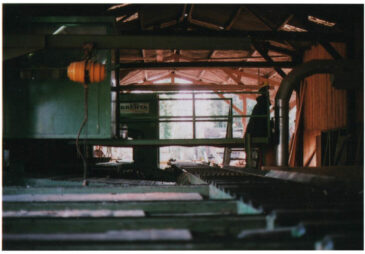
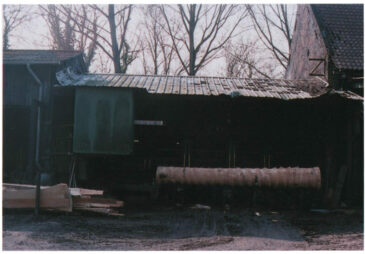
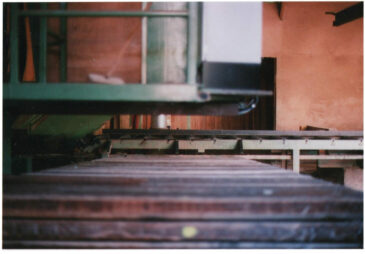

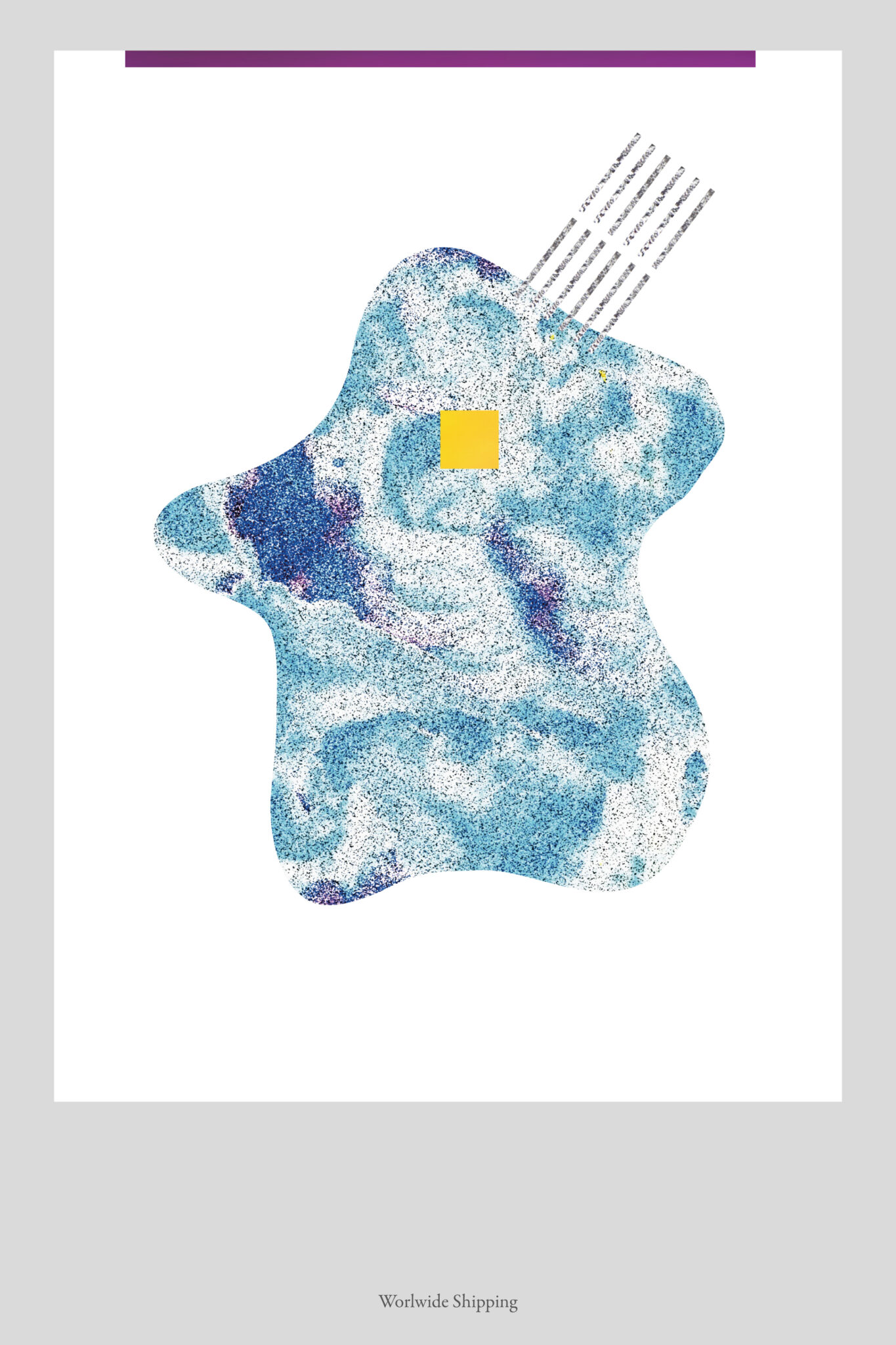
A contemporary man made museum
In workshops time is taken to make. As quality is checked step by step, man made object are long-lasting. Seeking for life inside home, craftsmanship is taking a new breath. On both sides it is growing, it is not the same market but they are sailing on the same soulful sea and bring value to a work that has been forsaken.
Handwork is precious and can be only afforded with time. It is a labor who asks passion and patience. Make a living from it is complicated but possible. It asks sacrifices and many hours of work to achieve it. It is humanist to wish it will spread qualitative object for everyone, but the balance is tricky.
The balance between quality, beauty and affordability is a key tried to be reached by several utopias like Art&Craft and Bauhaus movement. Since first industrial revolution, hand-maker wishes to provide nice qualitative object to most of people. The problem has always been affordability and, even human kind, expectation felt wrong with commercial environment.
Contemporary industrial design should have been the answer. With high scale production, prices are lower and were supposed to offer better product to an affordable price. Once again, the frantic race for profit won. Meanwhile crafts workshops are more and more opening. People are asking for a return to Craft’s object, because they are unique, quoted, well made and long lasting. Walter Gropius wishes to “provide quality and nice object to everyone” it is possible with a smart man-making production and a reasonable use of technology.
Collectible design field requires true being and high quality making. Objects are sold to international collectors or interior projects. Made in a local neighborhood, pieces goes worldwide. I am wondering if all the work done by the designer, trying to do an environmentally fair product, is spoiled by plane transport, isn’t it?
An idea could be to delocalize the workshop site, spaces could open on different continents and the designer could travel in those countries for several month and produce in the country were commissions are coming from. Whereas travelling pieces it is a knowledge that travels with its entire body. It would create a melting of international creators from the world concentrates in one place. Those workshops would become creative Ub for a generation facing environmental issues. It would resurface unexpected collaboration and a unique creative environment managed by galleries. Galleries may unit to reduce the Co2 impact of traveling pieces. It feels so wrong when a piece made in an area of 50km goes to USA. Moreover, Uniqueness of a work made on site, with local material and manufacturer, is a true reflect of what temporality is. The object made here at this moment for this commission becomes an archeological testimony of a human being transit. Its local foreign production could be called: Nomad – localism.
Today, shared spaces already exist in many territories and with different system. Responding to the lack of small workshops in city centers, artists are grouping together to be able to rent a bigger space. It permits to work in good conditions with other creative people and create an emulative synergy in between.
By looking over hypothesis, different internationally shared atelier solutions can be considered. Based on existing shared spaces, a map could be generated to help communication and management. This network would work on a residence model. International artist would be welcome for two or three months and will work in a room scheduled for international exchanges. Commissioned gallery will be in charge of the rent and art-piece transport. The additional fees of the rent could be impacted on the final art-piece price because of less traveling after. It doesn’t change much the price for customer but have a real impact on the planet.
Also, a network of international galleries could unite to share creative production spaces. Those initiative would be added to the map as art-design-workcenter. In each different country, the gallery is in charge of its production space. The space should be around 400 m² or more depending machines and how many artists has to work in. A work production space has to offer different material areas: Wood, clay, steel and if glass & melting. With living areas to eat, sleep and work quietly. The space is not necessarily a household, it can be a countryside house or an already gallery having space with divided rooms.
Once spaces are located around the world, a second research process is approached.
To work an artist needs material and industrial companies to produce technical parts or an entire entity. Regarding the local surrounding, manufacturer and raw material supplies need to be found in a perimeter of maximum 100 km before selecting the shared space. In micro scales, information’s are added to the world map.
The map becomes a tool to find local production solution. By looking over local craftsmanship, new process can be explored by artists and bring new dimensions to their work.
Afford and share machine is a central point. After asking to artists, a prospect is realized. Looking on second hand market or professional outlet, machines are bought by the hosting space. As immobilized active it goes to a usual computability and the space can ask for a rent to other partners. This rent can be added as a percentage to each product made inside the hosting space without impacting the artist price. Its investment is needed for not movable machine, hand tools are brings by the artist itself. Each artist has its own favorite tool to work with. A traveling artist will always come with its own toolbox. A workbench is dedicated to each artist inside the space. Rooms are open and communication between artists is engaged. Advice and mutual sharing is part of a self-managed community. Respect is natural between professional artist-designer. As a shared atelier, art-design-workcenter lives thanks people working inside. Artists stay for a trimester period and are replaced by another once the work is finished. Then a roll is organized through the platform media. Online each contributor can organize their production time. With people coming and going, the space is a living entity where event can be imagined and even gallery shop and restaurant can be installed in.
The shared atelier then becomes a living entity installed downtown; it provides alternative cultural events and energizes a local neighborhood. With its activity it could grow and become a contemporary man made living museum. Offering knowledges and replacing the human production inside our lives than simply providing nice object to people. We can all dream about different situations, but nowadays earth asks us to make a choice. Maybe, get an artist’s atelier for its own is not in the move anymore. By reducing traveling pieces in the air we can affect a new production system that can have a beneficial impact on our living condition.
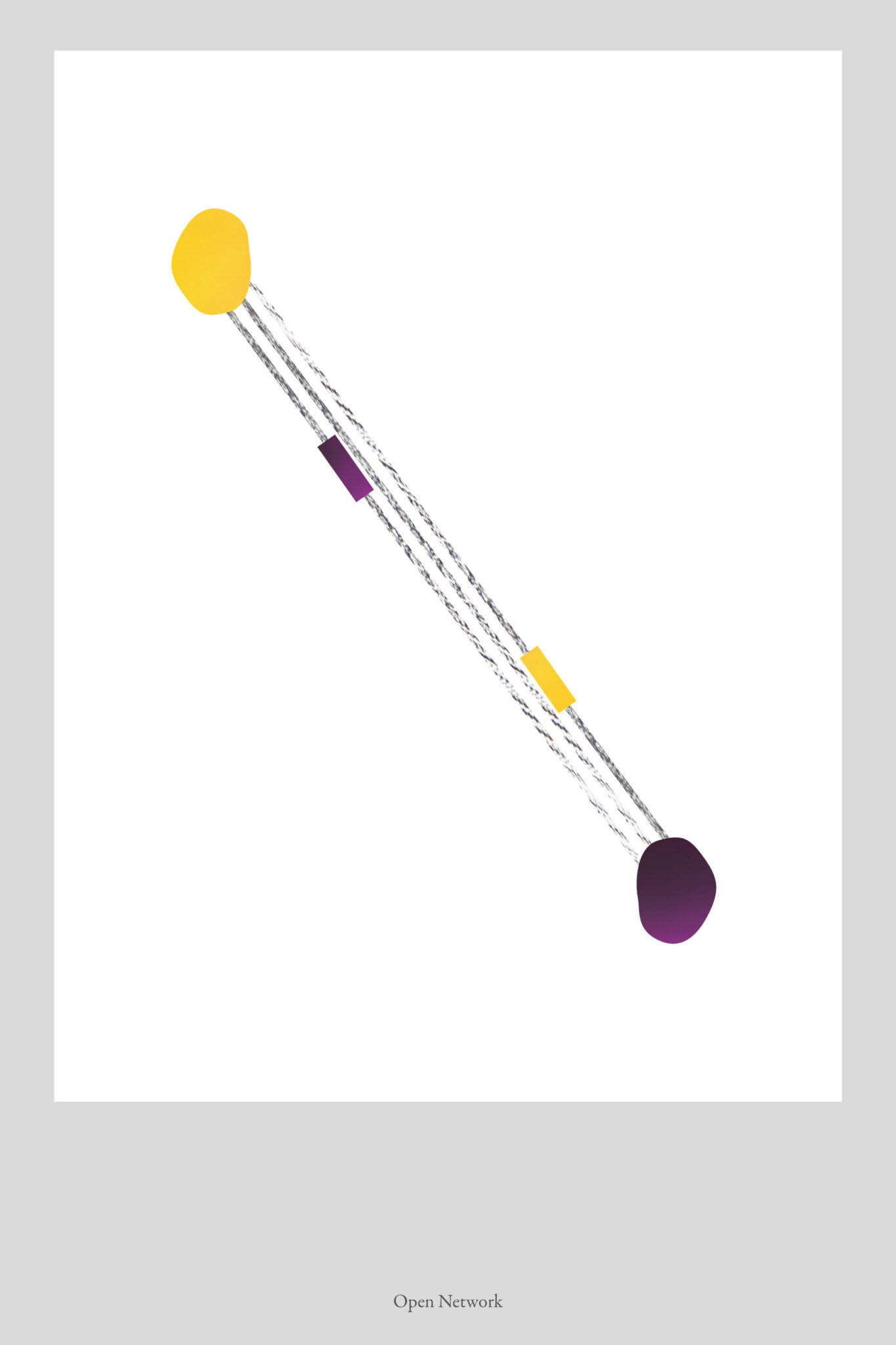
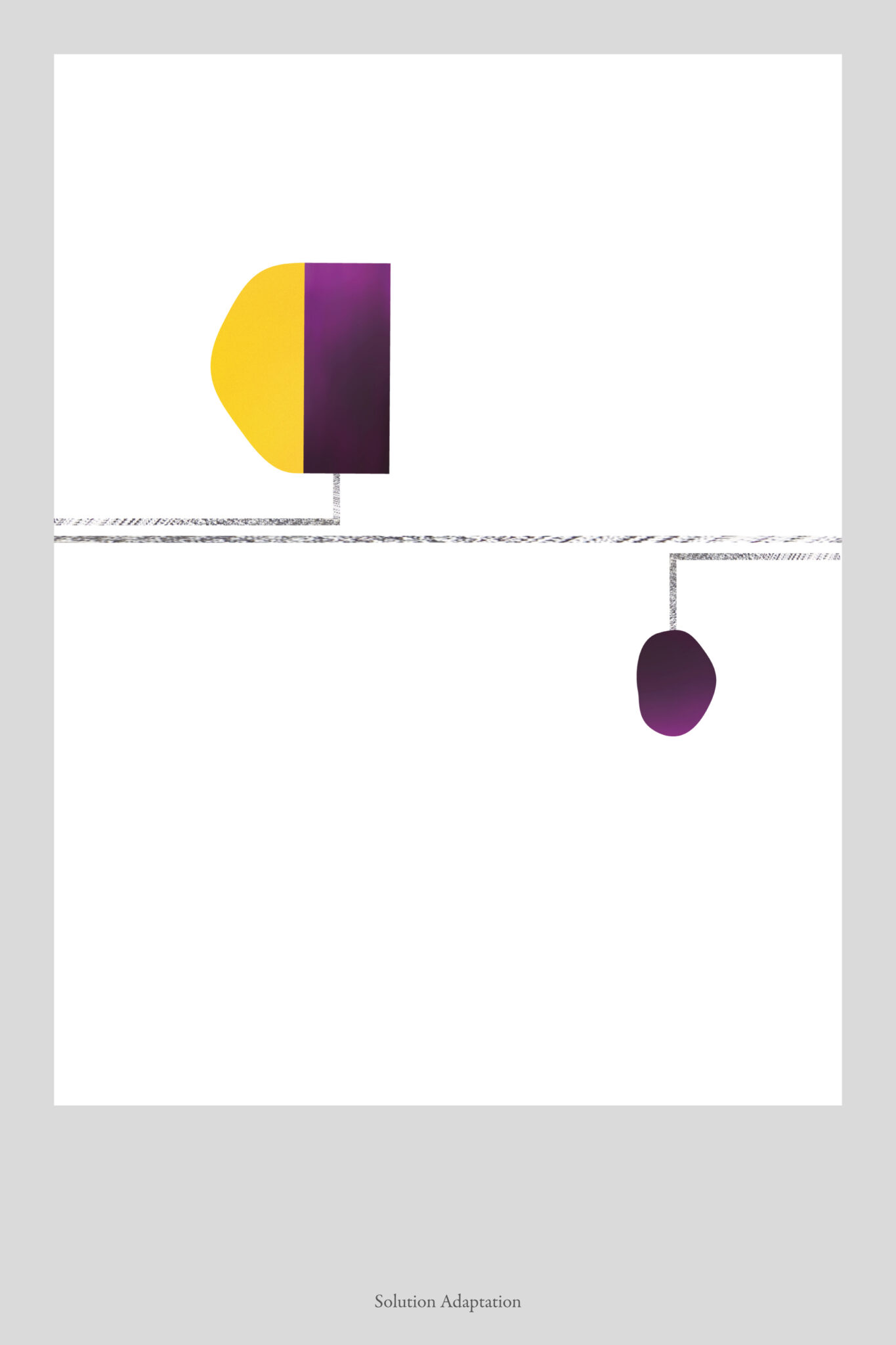
As a conclusion, many ideas emerge from this confinement time.
Nowadays, craftsmanship is a response to an appeal for handmade object by customers. Workshops are growing since few years, people start to leave big companies and open their own enterprise. It’s true that working by hand reconnects maker and user to nature. Buy less but qualitative could become a contemporary activism. Expecting a minimalistic way of live is essential to continue to live on our planet. It is an act of environmental modernity; everyone should be able to achieve it in many different ways.
Solutions found by using social media and open source design platform showed the designer work evolution. Its merging to a systemic research lead to help in a deeper way our society. A designer knows how to evolve in society and by using media platform it showed that knowledge is not necessarily linked to a finish object but closer to a process who can be shared. The process of design is still evolving, created to think objects in a smarter way, it’s now concentrated to “re-think” the links in our society. Always in movement, its philosophy can be applied in many fields. To face in the front wall of our civilization, design will be more than never a human bravery help to local economy.
Last but not least, contemporary collectible design never worked so well. Its marvelous place where artists are listened to by collector’s for what they say through their work.
We all know which period we are passing through. But it feels a pity when pieces are traveling around the world by air. Instead of exporting so many products world-wide a “nomad-localism” could be implanted in several regions. This idea where designers would produce locally and move from a base to another could become a regular way to produce and share creativity and knowhow.
Those are a few ideas that could be implemented in those troubled times.
Troubled but inspiring as well. Crisis times of inspirations.
Cedric Breisacher
Designer / Sculptor
Wood furniture maker for Galerie Philia
